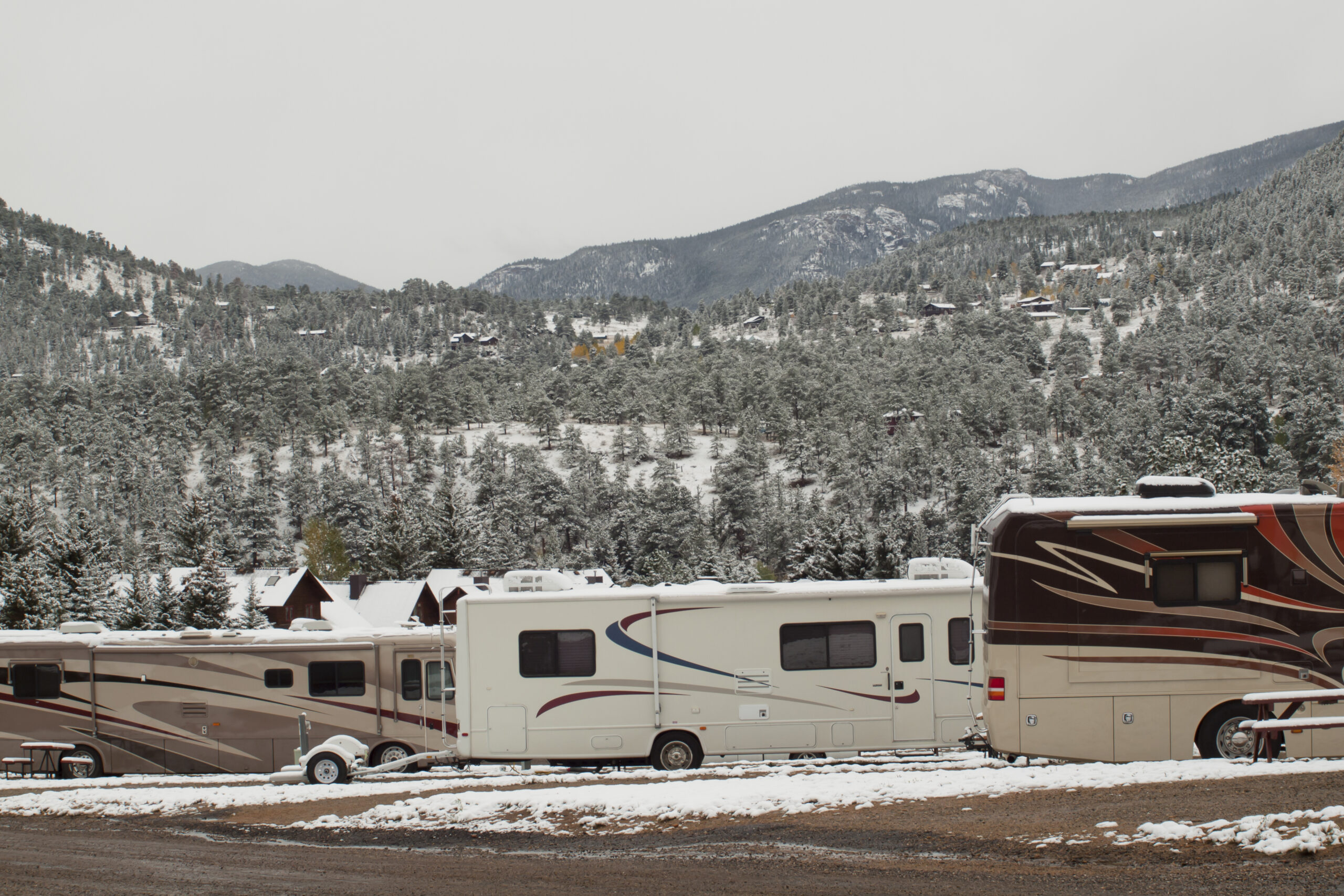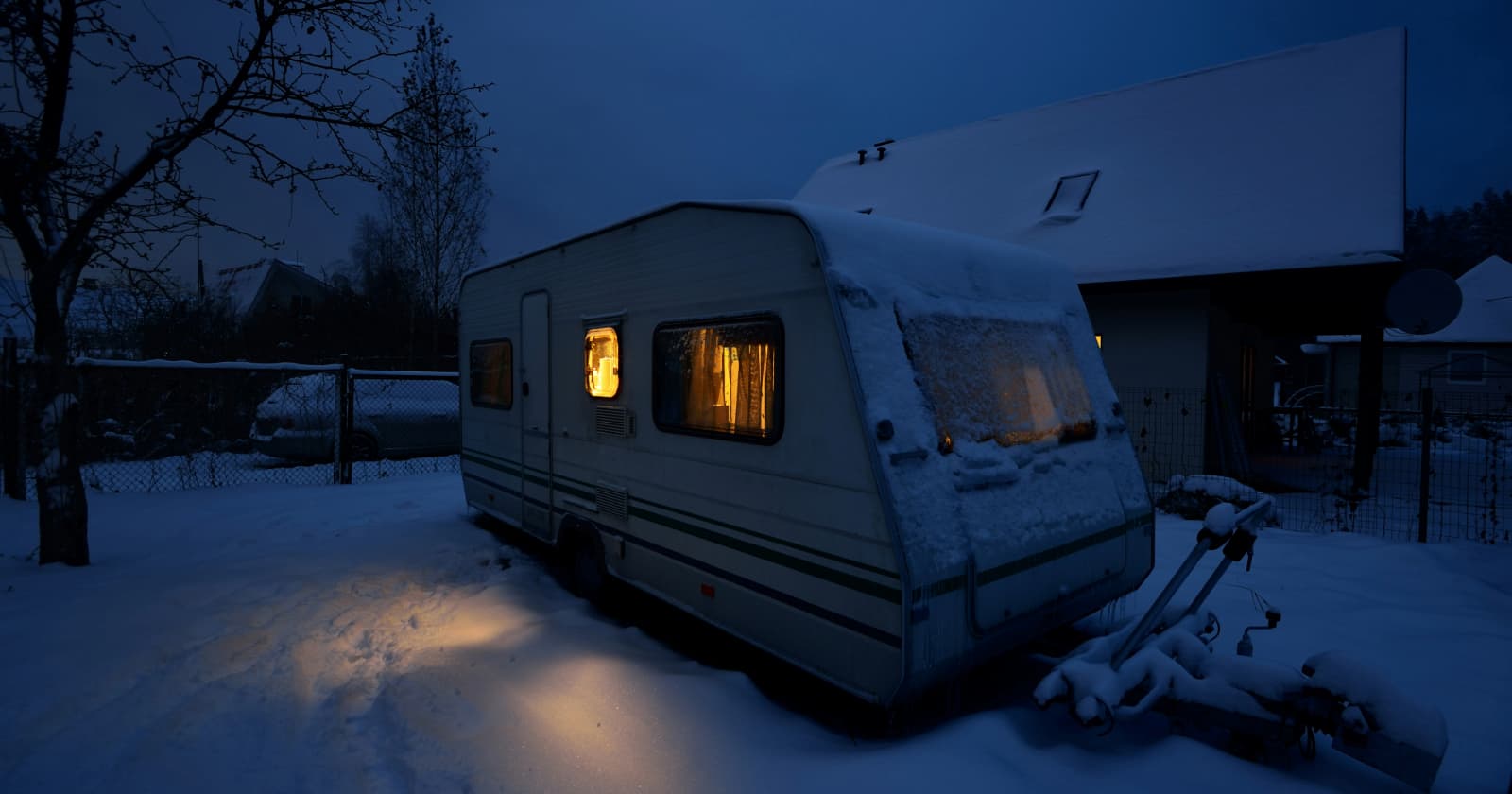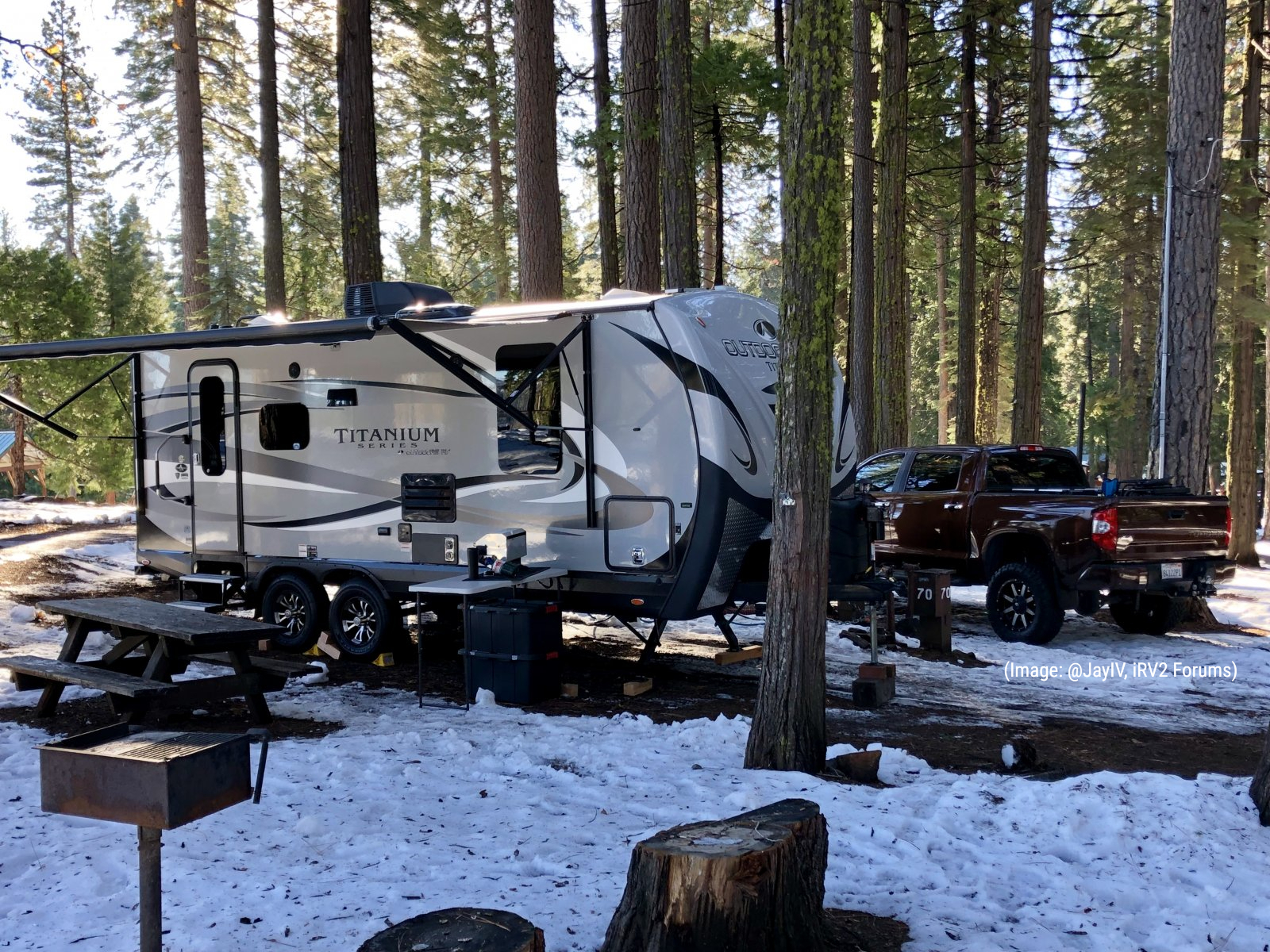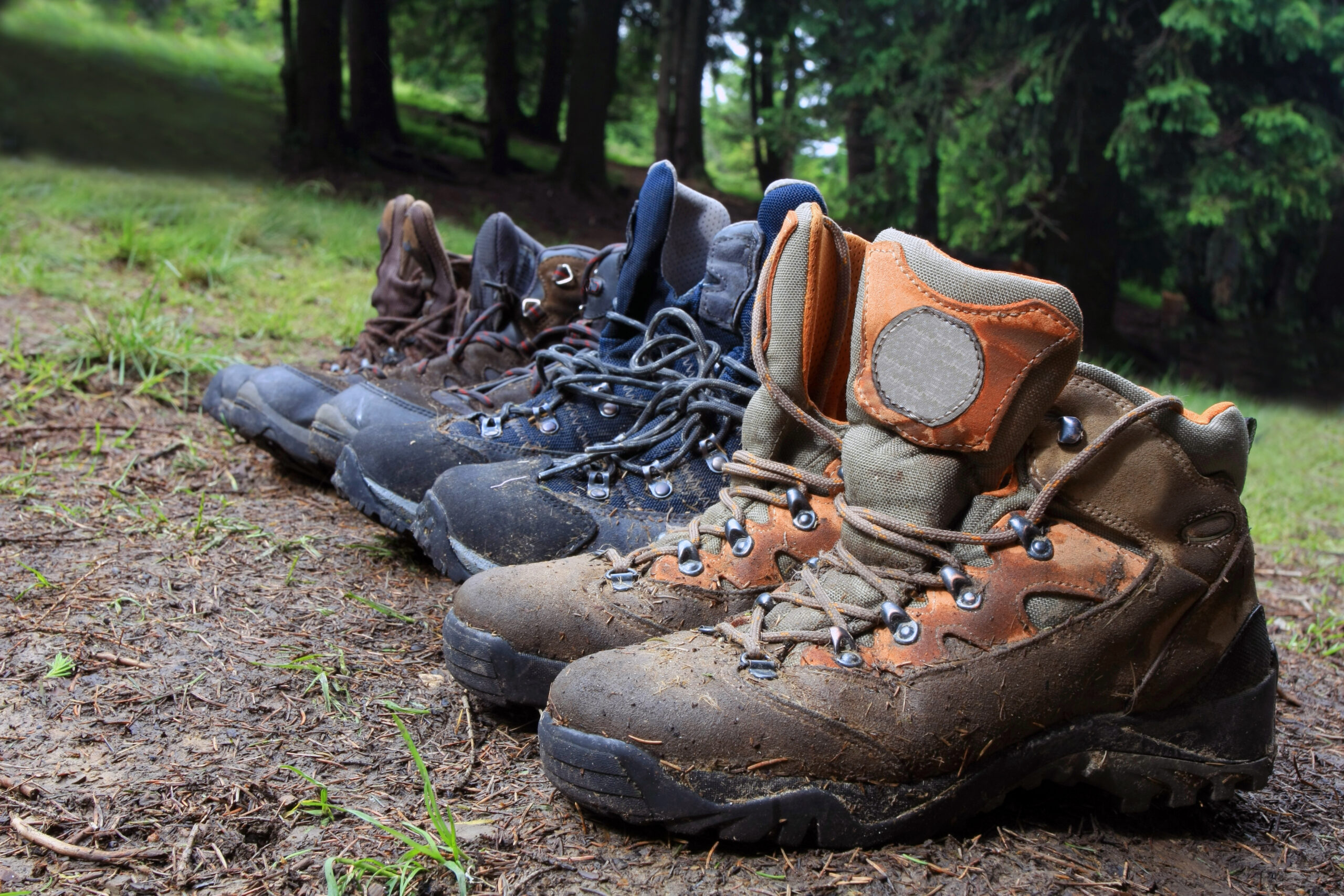
How To Insulate A Camper For Winter Use
Cold weather is the enemy of campers everywhere because they don’t have the same insulation quality as most houses. Plus, if things get too cold, you’re likely to face issues like burst pipes, frozen holding tanks, and ice-cold floors! If you want to continue to use your RV during the colder months of the year, you’ll need to know how to insulate a camper for winter use.
Luckily, there are ways to do this! Some RVs are designed for winter living, but others need a few upgrades and remodels to get them insulated and ready for cold weather. You’ll need to focus on several different areas such as the windows, doors, floors, underbelly, and more.
We will explore each of these areas in greater detail below and offer some insulation solutions to keep you warm and cozy once the temperature starts to drop. So let’s discuss how to insulate a camper for winter use!
Windows
Windows are often one of the most vulnerable parts of an RV when it comes to insulation. Glass isn’t particularly good at keeping the cold out. If the seals around your windows are old, cracked, or loose, this could let in drafts of cold air, which will invalidate the rest of your efforts to stay warm.
If your camper has double-paned windows, these will help a lot, but all windows could use a bit of extra insulation during the winter! To provide some extra layers, you can recaulk around your windows and add a protective plastic film over the glass. Adding a pair of thick/reflective curtains can also prevent your windows from letting the interior heat out.
These DWCN blackout curtains are a good product that can keep your RV cool in the summer and warmer in the winter. Plus, they can create a nice dark environment for sleeping or watching TV.
Doors
Doors can also be a problem area to watch out for when you’re trying to learn how to insulate a camper for winter use. Your doors open and close frequently, and they can get a little bent, worn out, and banged up over time. The seal around the door frame may begin to let cold air in, so it’s important to pay attention to the door and winter-proof it.
Replacing the weather-stripping around the door is a good place to begin if you can feel drafts coming from that area. You can also use insulating foam around the door frame to seal up any cracks and worn-out pieces. If the door itself is bent or cracked, consider investing in a full replacement.
If your door is still causing problems or you just want to add an extra layer of protection, try hanging a curtain, sheet, or blanket over the entrance. This will stop the cold air from flowing inward and will help keep the heat trapped inside.
Floors
Nobody likes cold floors, especially if you’re just rolling out of bed in the morning with bare feet! But unfortunately, cold floors are sometimes a byproduct of using an RV during the winter. The majority of campers come with vinyl flooring that is sturdy but doesn’t hold onto heat very well.
One of the best things you can do to insulate your flooring is to install carpet or at least use a few rugs. These materials are better at trapping heat and won’t leave you running to find your slippers and socks once the weather gets cold.
Vents
Vents are a tricky problem to solve when you’re learning how to insulate a camper for winter use. Your RV needs these vents so that you can enjoy airflow and so that humidity doesn’t build up. But because there is a path that connects the cold outside world to the inside of your vehicle, you need to make sure you insulate your vents. Cold air and moisture can find their way into your camper if you’re not careful!
If your RV came with special vent covers, make sure you use these during the winter. These are usually called draft shields because they do just that: shield you from drafts of cold air! You can place these over the vents when you’re finished cooking or are ready to turn off your ventilation system for a while.
If you don’t have draft shields, you can improvise your own by cutting pieces of foam board or another insulating material. Don’t use these covers all the time because you still need your vents to provide airflow. You should mainly use these covers whenever you leave your RV alone, but still want to preserve the heat inside.
Skirting
The exterior of your RV shouldn’t be overlooked when you’re learning how to insulate a camper for winter use. Your RV underbelly, holding tanks, and tires are at risk of freezing. Some campers that are designed for 4-season use come with enclosed and heated underbellies, but not every model has that luxury.
This is why skirting should be included in your winterizing plan. Skirting provides a barrier between the underbelly of your RV and the outside world. This helps reduce temperature fluctuations and helps it maintain a more stable and warm environment.
Skirting can be bought from RV suppliers, or you can make your own with vinyl, plastic sheeting, plywood, styrofoam, or even just by piling snow in a barrier around your vehicle. Anything that helps seal off or insulate the underbelly is helpful! Check out this article to learn more about RV skirting and all of the different options available.
Pipes and Holding Tanks
Finally, you can insulate your pipes and holding tanks to prevent them from freezing. Wrapping heat tape around the exterior of your pipes can help stabilize their temperature. It also provides a layer of protection, which is always useful.
You may also want to consider RV tank heating pads this season. Try to run your water fairly frequently and keep the interior of your RV warm so that nothing gets too stiff or cold.
As you can see, there are many ways to solve the problem of how to insulate a camper for winter use. It’s best to insulate all the areas you can so that you have protection on all sides. Stay warm this winter and enjoy spending time in your RV!
Make sure you keep track of all your RV maintenance and repairs with an online tool such as RV LIFE Maintenance. Not only can you keep all of your documents in one place, but you’ll also receive timely reminders when maintenance is due to help you avoid costly repairs and potentially serious accidents.
Related articles:



